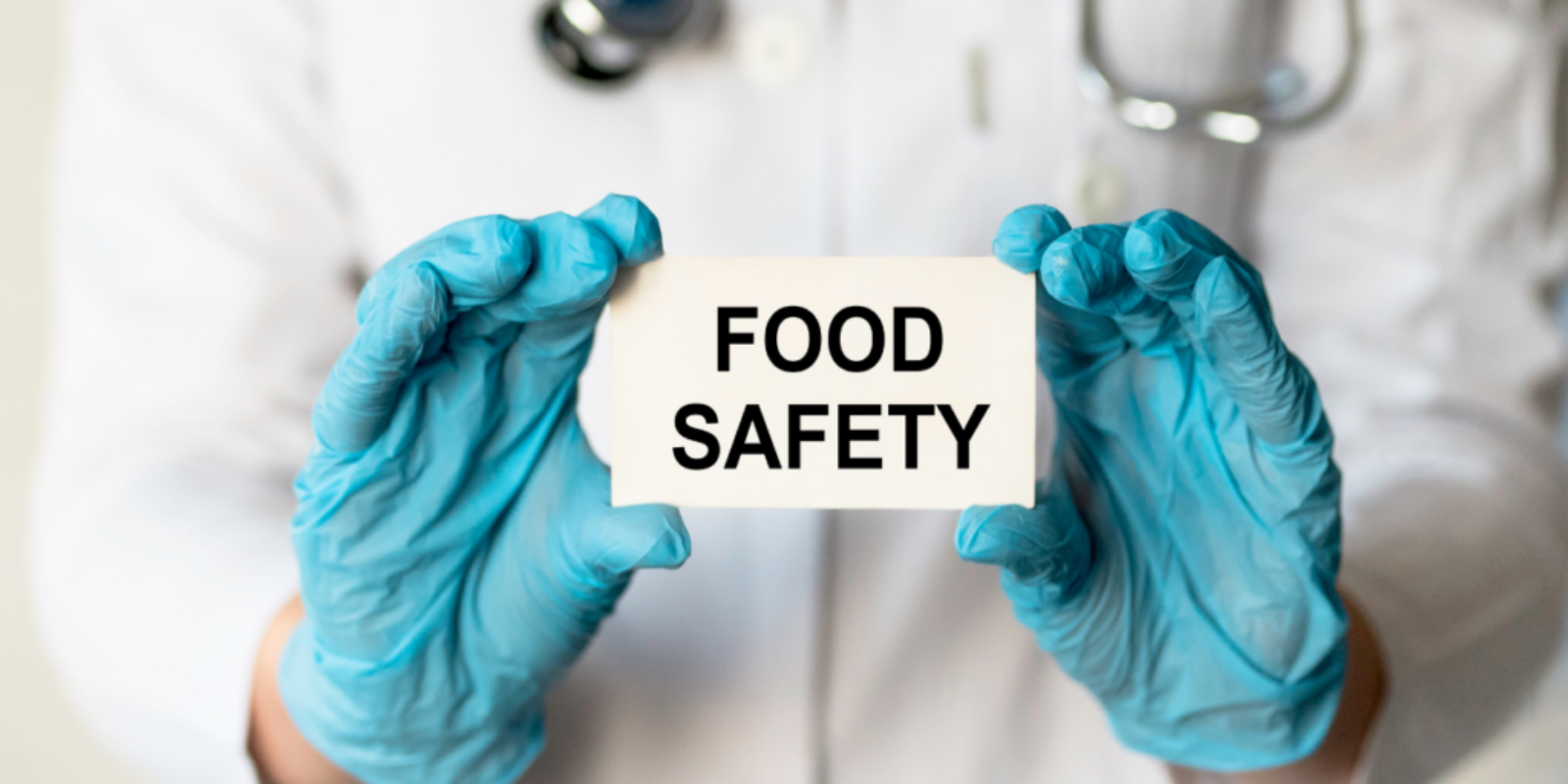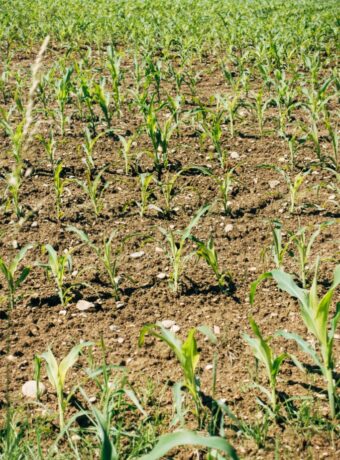Food safety is a critical issue that all of us need to be aware of. We all want to feel confident that the food we’re eating is safe and won’t make us sick. In this blog post, we will discuss what food safety is, why it’s important, and how you can keep yourself safe when preparing and eating food.
What is food safety and why is it important?
Food safety is the practice of keeping food clean and free from contaminants. There are many potential sources of contamination, including bacteria, viruses, , and parasites. When food becomes contaminated, it can cause serious illness or even death. That’s why it’s so important to take steps to ensure that food is safe to eat. There are four main principles of food safety: cleanliness, cooking, cross-contamination, and chilling. To practice cleanliness, hands and surfaces should be kept clean when handling food. Cooking destroys harmful bacteria that can cause food poisoning, so it’s important to cook food thoroughly. Cross-contamination occurs when bacteria are transferred from one surface to another, often through contact with hands or utensils. And finally, chilling prevents the growth of bacteria by keeping food at a safe temperature. By following these simple guidelines, you can help keep yourself and others safe from foodborne illness.
The history of food safety
Food safety is a relatively new concept. For most of history, people only worried about food spoilage and poisoning. It wasn’t until the Industrial Revolution that food safety became a major concern. The introduction of large-scale food production and processing led to a number of foodborne illnesses, including salmonella and E. coli. To combat these new threats, governments began to regulating the food industry. In the United States, the FDA was established in 1906. Since then, food safety standards have continued to evolve. In the wake of major outbreaks like the one in 2018, there has been an increased focus on traceability and transparency in the food industry. As a result, we are now more aware of the risks involved in handling and eating food. However, there is still much to learn about food safety and how to prevent future outbreaks.

Food recalls – how they work and what you need to know
Food recalls happen more often than you might think. In fact, the U.S. Food and Drug Administration (FDA) investigates around 1,000 food recall cases each year. So, what exactly is a food recall? A food recall is when a food product is pulled from store shelves because it may be unsafe to eat. This can happen for a number of reasons, including contamination with bacteria, viruses, or chemicals. Sometimes, food recalls are voluntary, which means that the manufacturer or retailer decides to pull the product from shelves before they receive any complaints. Other times, recalls are mandated by the relevant government agency. If you think you have purchased a recalled product, the first thing you should do is check the relevant government agency’s website for more information. In general, it’s always best to err on the side of caution and throw away any food that may be potentially unsafe.

Foodborne illnesses and how to prevent them
There are strict regulations in place to ensure that food producers follow good hygiene practices and that food is safe to eat. However, it is also important for consumers to take steps to protect themselves from foodborne illness by washing hands and surfaces, cooking food properly, and avoiding cross contamination. By following these simple principles, everyone can help to ensure that food is safe to eat.
There are four main principles of food safety: cleanliness, cooking, cross-contamination, and chilling. To practice cleanliness, hands and surfaces should be kept clean when handling food. This includes washing your hands, cutting boards, and countertops. Cooking destroys harmful bacteria that can cause food poisoning, so it’s important to cook food thoroughly, especially meat and poultry. Raw eggs and unpasteurized milk can also contain harmful bacteria, so it’s best to avoid them if possible. Cross-contamination occurs when bacteria are transferred from one surface to another, often through contact with hands or utensils. And finally, chilling prevents the growth of bacteria by keeping food at a safe temperature, so keep food properly refrigerated to prevent bacteria from growing.

The future of food safety
The issue of food safety has been receiving more attention in recent years,as a number of new food safety concerns that have arisen in the modern world. One of the most pressing food safety concerns is the use of antibiotics in food production. The overuse of antibiotics in food animals has led to the development of antibiotic-resistant bacteria. These bacteria can cause serious illnesses in people, and they are difficult to treat. As a result, it is important to find ways to reduce the use of antibiotics in food production. Another food safety concern that is likely to become more prevalent in the future is climate change. As the climate changes, it is likely that there will be more extreme weather events, such as floods and droughts. These events can damage crops and lead to food shortages. In addition, climate change is likely to create new habitats for pests and diseases, which could spread to crops and livestock. As a result, it is important to research and develop new methods of food production that are resilient to climate change.
As our food supply becomes more globalised, it is important to have systems in place to ensure that food is safe throughout the supply chain, which is why the prevention of foodborne illness is a key public health goal worldwide, with World Food Safety Day celebrated by the United Nations on June 7.
There are many approaches that can be taken for the future of food safety, with one particularly promising area of research being the use of technology to track food throughout the supply chain. RFID tags, for example, could be used to track food from farm to table, and blockchain technology could be used to create a tamper-proof record of food handling and processing. By embracing innovation through these and other technologies, we can create a safer food system that protects consumers.



